Voltage, also known as electromotive force, defines the potential difference in charge between any two points of the electrical force. The greater voltage means a greater flow of electrical current through any medium. In order to get a complete understanding of electronic devices, you need to know all the essential electrical terms. This guide focuses on what does voltage measures and how to choose the best solar generator based on the voltage required.
Jackery Explorer Portable Power Stations have reasonable wattage and voltage to power small and large electrical devices. For example, the Jackery Explorer 3000 Pro Portable Power Station has a high 3024 Wh battery capacity and a massive 3000W output to charge 99% of indoor and outdoor appliances. Similarly, the Jackery Explorer 2000 Plus Portable Power Station has a 2042.8Wh capacity and can supply steady power to 99% of electrical devices.
What Is Voltage?
A voltage is the pressure that pushes the electric current or electricity. Volt (V) is the electrical unit that indicates the amount of voltage. All the electrical appliances are designed to operate at specific voltages. This means excessive voltage can damage the circuits.
Here is an example of voltage in a simple DC (direct current) circuit.
In the DC circuit, the switch is turned on. Here, the voltage in the power source (the potential difference between the two ends or poles of the battery) is activated, which creates pressure, forcing electrons to flow when the current moves to the negative terminal. The current reaches the light and makes it glow. Lastly, the current returns to the power source.
Voltage and current are two electrical terms that have specific differences. For example, voltage is the ability to cause electricity to flow. On the other hand, current is the rate at which electrons flow. In other words, current (I) is the effect caused by voltage (V). Higher voltages can be typically dangerous as they have the potential to cause electric burns or electric shock. Here are the key differences between high and low voltage.
- High Voltage: It's the form of electricity with higher potential energy and can power larger devices. When working with high voltages, you need to follow proper safety measures.
- Low Voltage: It has lower potential energy and typically powers smaller devices. Generally, lower voltages are less dangerous compared to high voltages.
What Does Voltage Measure?
Voltage measurement is the simple process that determines the electrical potential between two points of any circuit. It is an essential factor that ensures the safe and efficient operation of the devices. A voltmeter is a handheld device that measures the voltage or potential difference between two (positive and negative) terminals.
There are many ways to measure voltage, like a voltmeter and a multimeter. Digital multimeters are one of the easiest ways to measure voltage along with other electrical units like amps and ohms. Now that you know what does voltage measures, here's how to measure it with the help of a digital multimeter.
- Step 1: The first step is to put the black lead into the COM slot and the red into the V slot on the multimeter.
- Step 2: Next, select the AC or DC voltage mode with the center selection dial. The straight line and three dots represent DC, whereas the wavy line determines AC voltage. All you need to do is turn the knob to the voltage type you wish to measure.
- Step 3: Set the range above the voltage you want to measure. For example, if you measure a 12V battery, you can turn the dial to 20V for an accurate reading.
- Step 4: If you have placed the leads on the correct terminals and have set the proper range and voltage settings, the multimeter will display the accurate voltage reading.
Note: It the multimeter reads 1 or there is any negative symbol next to the reading, you can either adjust the range or simply reverse the lead connections.
What Tools to Measure Voltage?
A multimeter is designed to represent electric current, voltage, and even resistance. The device is either made up of digital or analog meters, resistors, batteries, and other circuitry.
Here are the steps to measure voltage with the help of an analog multimeter.
- Step 1:Select the DC or AC voltage mode, depending on the electrical circuit you want to test. The DC voltage is indicated by a straight line with dots, whereas the AC voltage is represented by a wavy line. The AC and DC voltages are sometimes represented by ACV and DCV, respectively.
- Step 2:Find the regular voltage and set the middle needle dial to one level above. Choosing a higher range prevents damage from having a low setting for a high voltage.
- Step 3: Attach the red probe to the positive terminal and the black end to the negative terminal. Sometimes, it is recommended to connect the black probe to the terminal but only touch the red probe to the positive end.
- Step 4:Now, you can check the needle to see if the multimeter displays the correct voltage. You'll see various voltage levels behind the needle, where you have to choose the row corresponding to the earlier voltage range of your choice. Finally, take down the measurement. You can even repeat the test a few times so the needle reads accurately.
Here's how to measure voltage by voltmeter. Like a multimeter, the DC voltage is represented by a straight line or DCV, and AC voltage is typically characterized by a way line or ACV in a voltmeter. The DC voltage is associated with small batteries or electronics, whereas the AC voltage is associated with grids or outlets.
You can set the voltage range to one setting higher and plug the probes in the correct place. Before proceeding, test the voltmeter by touching the red and black probes together. If it reads 0, the voltmeter is working appropriately. Finally, connect the probes to the corresponding terminal and read the display.
Jackery Portable Power Stations Explained
The battery voltage is a fundamental characteristic of the battery and determines the chemical reactions, battery polarization, and concentration of the battery components. When the voltage is calculated in equilibrium conditions, it is typically called nominal battery voltage. Jackery Explorer Portable Power Stations feature NMC or LiFePO4 batteries with different watt-hour, amp-hour, and volt ratings. These power stations can be recharged via Jackery SolarSaga Solar Panels.
The solar panels collect the sunlight and then convert the solar energy into DC electricity. The battery or power station features a pure sine wave inverter that converts DC to AC electricity, which powers the electrical appliances. They are compact and have a larger battery capacity to charge most electrical appliances with stable power. The battery backups are ideal for indoor and outdoor use as they do not emit noise or toxic fumes.
Jackery Explorer 3000 Pro Portable Power Station
The ultimate Jackery Explorer 3000 Pro Portable Power Station has a large NMC battery of 3024Wh and 43.2V DC. It can charge small and large appliances effectively, making the battery backup a great home backup solution. You can power the battery in multiple ways, including Jackery SolarSaga Solar Panels, an AC outlet, and a car adapter.
 Customer Review
Customer Review"Since we live in CA, we use this unit to keep the fridges, computers, etc., powered during power outages. Love having the confidence of being able to power pretty much everything I need during an outage." — Jimmy R.
Jackery Explorer 2000 Plus Portable Power Station
The Jackery Explorer 2000 Plus Portable Power Station is a large battery backup that can charge 99% of household or outdoor appliances for long hours. It is designed with a foldable handle, pull rod, and double wheels to move the power station anywhere you go. If you are planning to use the home battery backup for power outages, the Jackery Explorer 2000 Plus Portable Power Station can be connected to the home's electricity system with the help of the Jackery Manual Transfer Switch. It allows you to start charging essential household appliances, such as refrigerators and lights, during the event of blackouts.
Customer Review
“This is the second generator we have bought, and we love it. This one is in our cabin. It's easy to use, and it's nice that it is totally silent. I will recommend this to everyone.” — Karon Owen.
Jackery Explorer 1000 Plus Portable Power Station
If you need a compact yet powerful portable power station that can work as a home battery backup and outdoor charging solution, you can consider going ahead with the Jackery Explorer 1000 Plus Portable Power Station. It can also charge 99% of household or outdoor appliances, making the portable power station a great choice for parties, emergencies, and even outdoor adventures. With a foldable handle and compact design, the battery backup can be moved to any location, ensuring you always have access to reliable power.
Customer Review
“I charged up the Jackery in a little more than an hour to 100%. I plugged in my new 12 volt fridge to see how much energy it would take. After 12 hours the Jackery was still at 95%. I am very pleased and believe this will make travel and camping so much easier and more enjoyable.” — Lea Curtis.
|
|
|||
|
Capacity |
3024Wh |
2042.8Wh |
1264Wh |
|
Life Cycle |
2000 cycles to 70%+ capacity |
4000 cycles to 70%+ capacity |
4000 cycles to 70%+ capacity |
|
Battery |
NMC |
LiFePO4 |
LiFePO4 |
|
Input Ports
|
AC Input: 120V, 60Hz, 15A Max Charge mode AC input: 120V, 60Hz 15A Max Bypass mode AC input/output: 120V, 60Hz 12A Max DC Input: 2x DC 8mm Ports: 11-17.5V (Working Voltage)⎓8A Max, Double to 8A Max; 17.5-60V (Working Voltage)⎓12A, Double to 24A/1400W Max |
Charge mode AC input: 120V, 60Hz, 15A Max Bypass mode AC input/output: 120V, 60Hz, 12A Max DC Input: 11V-17.5V, 8A Max, Double to 8A Max 17.5V-60V, 12A Max, Double to 24A/1400W Max |
AC Input: 100V-120V, 60Hz, 15A Max Charge mode AC input: 100V-120V, 60Hz, 15A Max Bypass mode AC input/output: 100V-120V, 60Hz, 15A Max DC Input: 12-60V, 8A ⎓ 11A Max, Double to 22A/800W Max |
|
Output Ports |
AC Output (x1): 120V~ 60Hz 25A Max AC Output (x3): 120V~ 60Hz 20A Maximum USB-C Output (x2): 100W Maximum, 5V⎓3A, 9V⎓3A, 12V⎓3A, 15V⎓3A, 20V⎓5A |
AC Output(×4):120V~ 60Hz, 20A Max AC Output(×1):120V~ 60Hz, 25A Max USB-A Output(x2): Quick Charge 3.0, 18W Max USB-C Output(x2): 100W Max, (5V, 9V, 12V, 15V, 20V up to 5A) Car Port(x1): 12V⎓10A |
AC Output(x3): 120V~60Hz, 2000W (4000W Peak) USB-A Output(x2): 18W Max, 5-5V⎓3A USB-C Output(x2): 100W Max, (5V, 9V, 12V, 15V, 20V up to 5A) Car Port(x1): 12V⎓10A |
|
Working Hour |
Electric Drill (900W): 2.6H Microwave (700W): 3.4H Coffee Maker (1120W): 2.1H Portable Air Conditioner (1150W): 2.1H Kettle (850W): 2.8H |
Electric Drill (900W): 1.8H Microwave (700W): 2.3H Coffee Maker (1120W): 1.4H Portable Air Conditioner (1150W): 1.4H Kettle (850W): 1.9H |
Electric Drill (900W): 1.1H Microwave (700W): 1.4H Coffee Maker (1120W): 54 min Portable Air Conditioner (1150W): 52 min Kettle (850W): 1.1H |
Kindly note that the working hours are just for your reference, and might vary from the actual values.
Voltage and Electrical Safety
All electrical systems have some potential to cause harm. While high voltage is used in many industrial systems, it involves some dangers.
- Electric Shock: Whenever anyone comes in contact with a high-voltage electrical source, the electric current can flow through the body and interfere with normal electrical signals.
- Burns: It's a common and serious injury caused by high-voltage electrical accidents. These burns can damage the tissues beneath the skin, muscles, blood vessels, and nerves.
- Explosions and Fire: When electrical equipment is overheated, there is a risk of sparking and can even ignite nearby flammable materials that cause a fire.
Like high voltage, low voltage can also lead to potential hazards. Some common causes of low voltage include loose connections, overloading on the network, etc. These factors can cause dimming of your lights and, in extreme cases, lead to electric shocks from home surfaces or metal appliances.
What Does Voltage Measure FAQs
What is the symbol of voltage?
The symbol for voltage is the letter V or E. The standard unit of measurement for voltage is the volt, represented by the letter V.
What is voltage on a multimeter?
Your multimeter will typically have two voltage symbols around its dial. One is the "ACV" symbol, which denotes AC voltage. The other one is the "DCV" symbol for DC voltage. The "V" represents the AC voltage symbol with a"∿"over the V. On the other hand, the DC voltage symbol will be a "V," denoted with a solid and dashed line over the V.
How do you measure DC voltage and current?
Many tools like voltmeters or multimeters are available to measure the DC voltage and current. Sometimes, the electric current is also measured by an ammeter.
What is the best instrument to measure voltage?
A multimeter is one of the best electronic instruments to measure voltage. It is mainly used to measure the three basic electrical units: voltage, current, and resistance.
What are the 4 basic units of electricity?
The four basic units of electricity include volts, amps, watts, and ohms.
- Volts (V):The unit measures the work required to move a charge from one point to another.
- Amps (A): This unit represents the charge that passes through an electric circuit per unit of time.
- Watts (W):Watts are critical electrical units that measure the power produced from electrical circuits.
- Ohms (Ω):The ohms measure the amount of resistance that calculates the flow of electrons in an electrical circuit.
Final Thoughts
Voltage is essential in the electrical circuit and helps everyone understand the device's charging requirements. For example, if you are powering the electrical appliances with the help of a portable power station or battery backup, you'll need to choose one with reasonable wattage and voltage to power most appliances.
Now that you know what does voltage measures, it's time to choose the best battery backup. One of the portable and highly efficient solar battery backups is the Jackery Solar Generator. It's a safe, clean, and eco-friendly choice that can power most small and large appliances. The ultimate Jackery Solar Generator 3000 Pro has a battery of 3024Wh and 43.2V to power 99% of your electrical appliances.
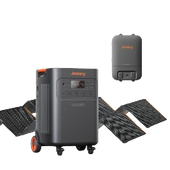
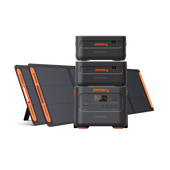
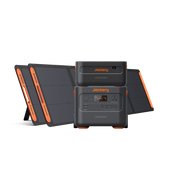
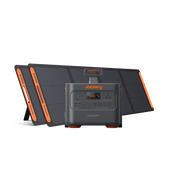

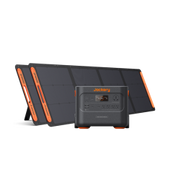
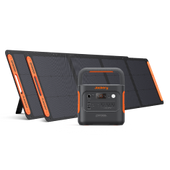

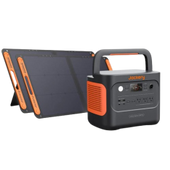
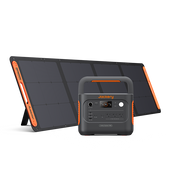
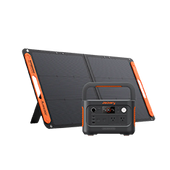

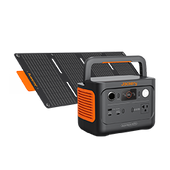
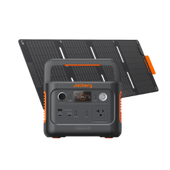
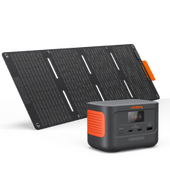
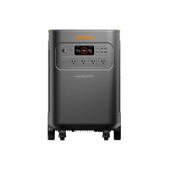

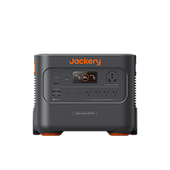
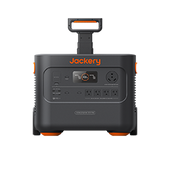
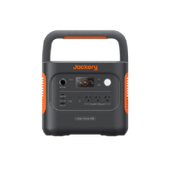
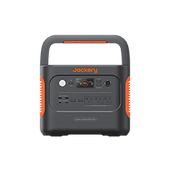
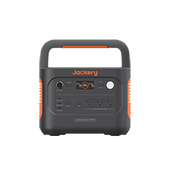

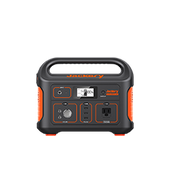
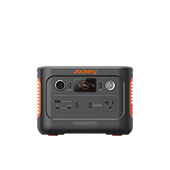

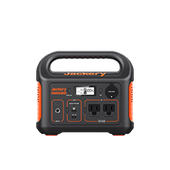
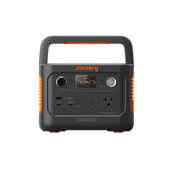
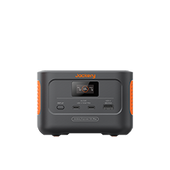



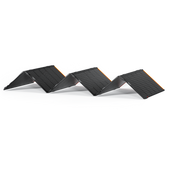
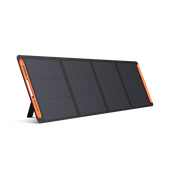
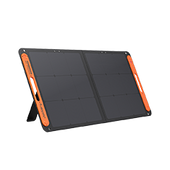
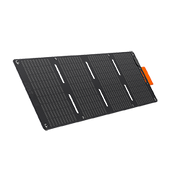










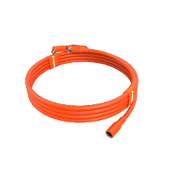






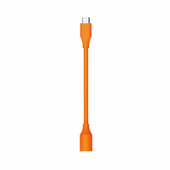



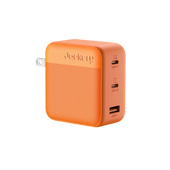

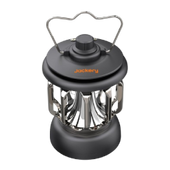




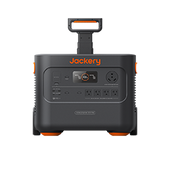

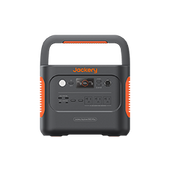
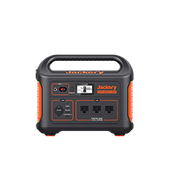
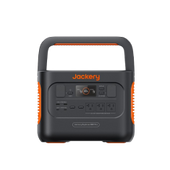
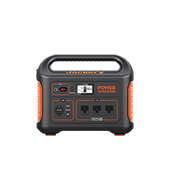
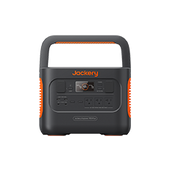
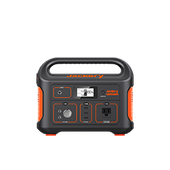
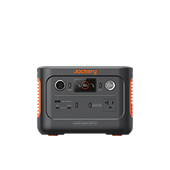
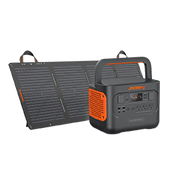
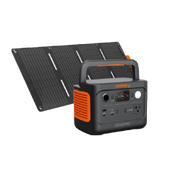
















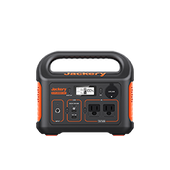


























Leave a comment